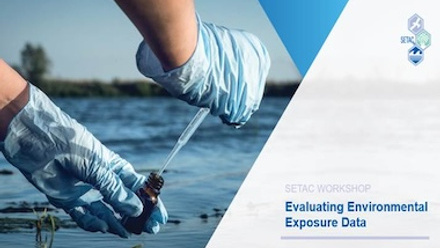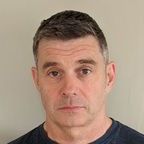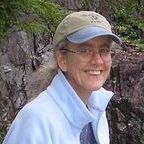Lisa Nowell
Research Chemist Emeritus, US Geological Survey
Lisa Nowell is a Research Chemist Emeritus with the US Geological Survey (USGS) in Sacramento, California, USA. She has over 30 years of experience doing environmental fate and chemistry, modeling and environmental assessment of chemical contaminants. Lisa received a BA in human biology from Stanford University, and an MS in ecology and PhD in agricultural and environmental chemistry from the University of California, Davis. She did a post-doc at EAWAG in Switzerland, then worked at the US Food and Drug Administration doing risk assessment of FDA-regulated chemicals. Joining the USGS in 1991, Lisa was involved in the original design and implementation of the National Water Quality Assessment (NAWQA) program and was a founding member of NAWQA’s Pesticide National Synthesis team. More recently, Lisa worked as part of the multidisciplinary Regional Stream Quality Assessment team, to assess the effects of multiple stressors on stream biota across the US. At USGS, Lisa has conducted national and regional-scale assessments of pesticides and other contaminants in water, sediment and aquatic biota, and with colleagues has developed tools, such as sediment-quality benchmarks, aquatic-life benchmarks, the Pesticide Toxicity Index and Health-Based Screening Levels, for interpreting the biological significance of contaminants in water and sediment. Lisa has done science advisory work for both the State of California and the US Environmental Protection Agency. She is Deputy Editor of Human and Ecological Risk Assessment: An International Journal and on the Editorial Board of the SETAC journal Environmental Toxicology and Chemistry. She has been active in SETAC throughout her career, joining as a graduate student, and most recently co-chaired SETAC’s global technical workshop to develop Criteria for Reporting and Evaluating Exposure Datasets (CREED). As an Emeritus scientist at USGS, Lisa continues to track, interpret and model the occurrence of contaminants in stream water and sediment and to interpret data on sediment toxicity and ecological condition in relation to chemical stressors.







